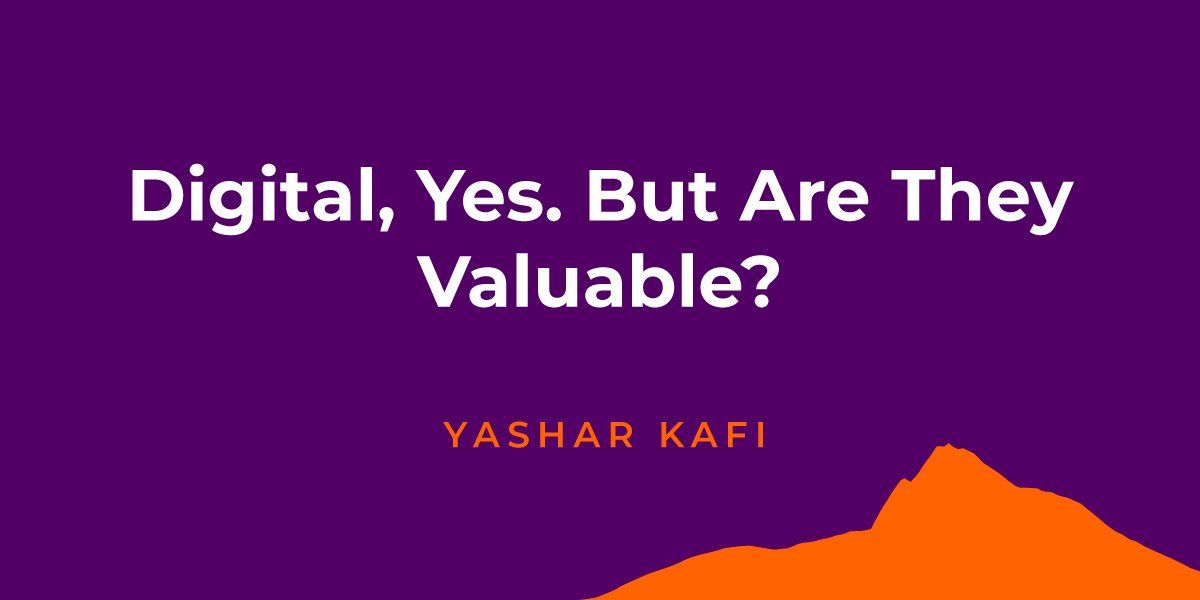Digital, Yes. But Are They Valuable?
These days, an increasing number of companies across all industries are incorporating digital technologies into their corporate strategies to improve project outcomes. This includes companies operating in the capital projects space, which I want to focus on in this article. And while digital capital projects aren’t exactly a new concept, many companies are still struggling with putting the concept into practice—and that’s despite their significant investments in the digitalization of the project value chain.
A recent study from Accenture Industry X revealed that two-thirds of owner-operators and EPCs are not achieving the desired benefits of their data-driven digital transformation efforts. These statistics are disappointing, leading many to wonder if the investment in digital is worth it? Digital is definitely trending, but we’re left wondering: Is it valuable?
My answer is yes. With global economies working to recover post-pandemic—all eyeing ways to boost their fiscal growth—they place their hopes on digital transformation initiatives to revolutionize their capital projects into corporate endeavors that are operating at ultimate efficiency for the best productivity rate.
So, again, yes. It is indeed valuable, but only if it’s incorporated wisely and in the right way. One of the best ways to find the “right way” is to pinpoint pitfalls early on so that you can avoid making them at all cost.
Although there can be myriad challenges when looking to incorporate digital into your corporate design, there is one major faux pas that I want to highlight today. This snafu has to do with mindsets. Far too many companies charge ahead in an attempt to become a digital-first phenomenon without first investing in preparing their workforce for taking that (giant) leap. Think about it: You have to first prepare your people to operate and use all of the amazing new data and digital technologies that will be at their fingertips for it all to come together for efficiency and productivity magic.
This preparation could “look” like many different things depending on the unique dynamics of your workplace family. However, it is a vital issue that needs to be addressed by leadership and management to ensure that you are creating the right operating environment to foster a seamless—and optimal—incorporation of digital transformation initiatives.
So, what will the “right way” look like? Ideally, a successful incorporation of digital will result in a harmonious dream picture that sees your data and digital technologies being expertly utilized by owner-operators and EPCs in their operations in a seamless way that is making work easier, better, and more profitable on multiple levels. These levels could include improved collaboration, better decision-making based on more available and reliable data, and even smarter resource allocation.
This dream picture sounds impressive, right? So why isn’t everyone doing this right now? The short answer is that deciding which among the sea of digital technologies to invest in bringing onboard to your business is no easy feat. It can be downright overwhelming, especially when you consider that many of the digital products today are very specific and only aim to meet one particular need of a capital project. Compounding this complexity is that the majority of digital tools are known to not integrate so well together. You have to know what to look for and have a well-planned game plan in place that takes all of these crucial elements into account.
This is where AMPlify comes into the (dream) picture. Now that you are ready and excited about where digital can take your business, we can help you move forward. No matter what your goals are or where you are starting on your digital capital project journey, AMPlify can bring its abundance of resources and years of experience in the industry to provide you with the help, guidance, and support you need to get you where you want to be: that dream digital capital project picture.
Contact us to get started going digital today.




